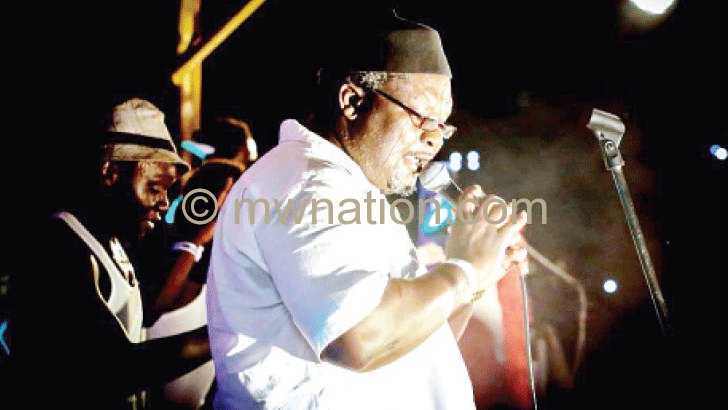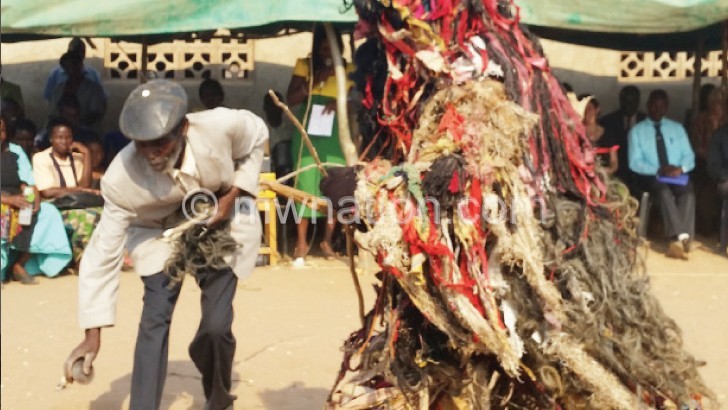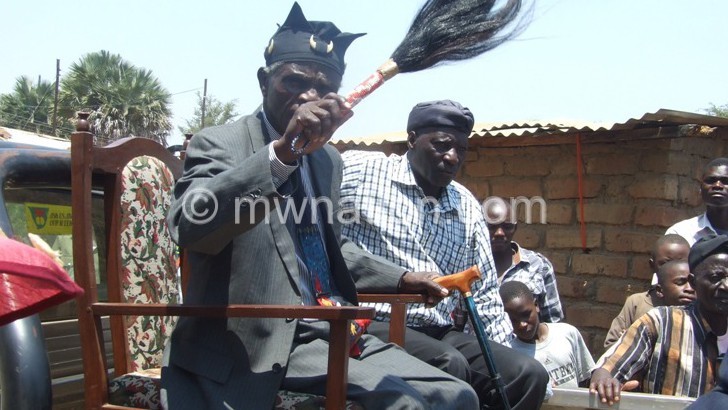Locating dance in Malawian culture

In his flick Day walker, South African stand-up comedian Trevor Noah jokes about how South Africans send wrong signals to during protest demonstrations because of their tendency to dance when protesting which, he noted, the Western media interprets as being joyful.
Dance culture in South Africa is integral in a country whose history is shot-through with examples of dance as an expression of all that life’s rich pageant has to offer.
Warriors did it with spears and shields on the battlefield, and once the dust settled, women did it with a sexy shuffle in the shebeens or watering holes. Before 1994 when the country joyfully leaped to its well-deserved freedom, its people formed a phalanx against their oppressors with a jump-step protest dance.
From protests to celebrations, the chants capture the emotions of joy, pain, encouragement, heartbreak and solace. Toyi-toyi is a powerful and infectious statement, by which the oppressed may voice their grievances to the government.
During apartheid, toyi-toyi symbolised the triumph of spirit through song and dance, against one of the world’s most oppressive state apparatuses.
The toyi-toyi is quite a marvel to watch. Throngs of people charge forwards, stomping and chanting political slogans. Such energy struck fear into the hearts of the armed forces who tried to contain them. But toyi-toyi was also a distraction from fear during the marches because people knew that later, once the crowds had dispersed, they would suffer harassment at the hands of police.
Malawian culture is not too different from South African culture when it comes to dance.
In Malawi too, dance forms the nucleus of culture.
Malawians are known for their dancing skills. Most cultural performances and rituals are punctuated with dance; be it weddings, funerals, rite of passage ceremonies and even during protests.
Among the Lhomwe, when a baby is born, the women goes straight to the river where they camp for a week in a ceremony that is called Kuchotsa mchikuta. During this time the new mother is given tips of motherhood and the ceremony is marked by traditional songs and dance. The songs that are sung there are those that carry messages of good motherhood.
A number of tribes have initiation ceremonies. These initiations are rite of passages from one stage in life to another. The initiation ceremonies are mostly accompanied by dance and music. Like during the Kuchotsa Mchikuta ceremony, the initiations usually take place at a camp close to rivers.
Dance is also a tool of protests according to an academic study by Mufunanji Magalasi. His study revealed that dances such as beni, vimbuza and gule wamkulu developed as a form of resistance to colonial rule.
For instance, to resist colonial rule, the Yao people developed a dance that was similar to the colonial soldier’s parade.
They identified with their enemy in an attempt to show their resistance.
Vimbuza
also started as a protest dance that developed as a way of resisting Christianity and colonial rule.
The study also says as a way resisting colonial rule, gule wamkulu developed new masks like Simon, Mariya and Mzungu, which are known for their lose character manifested in their risqué dance routine as a mockery to the Christian faith.





